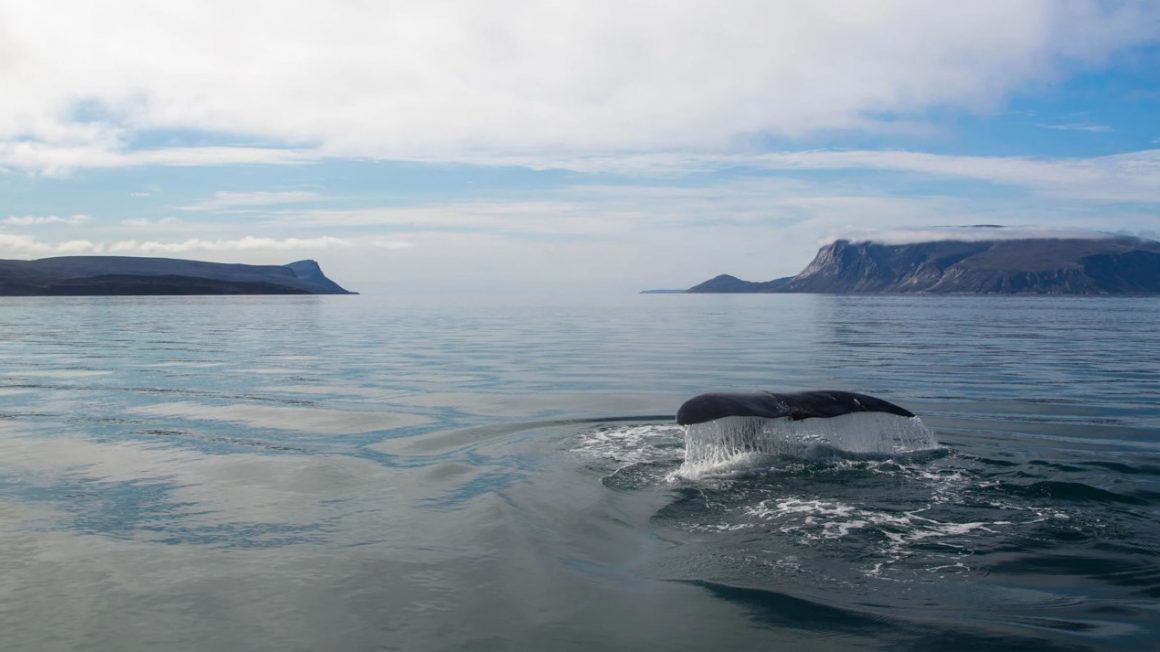Per- and polyfluoroalkyl substances (PFAS) are man-made chemicals used in many industries, such as textiles, carpets, shoes, food packaging, cosmetics, fire foam, and pesticides. These PFAS have now been discovered at very high levels in humans in northern hunting communities thousands of miles away from the source, which is a serious cause for concern.
UWinnipeg’s Dr. Jean-Pierre Desforges, assistant professor in ecotoxicology and wildlife stress, has contributed to a study, which was recently published in the prestigious journal Lancet Planetary Health, showing that an estimated 92% of residents in Ittoqqortoormiit, Greenland, have dangerous levels of PFAS in their body. These levels are a serious health risk and exceed newly established safe limits set by the European Food Safety Authority (EFSA).
Our study confirms that PFASs are ubiquitous around the world.
Dr. Jean-Pierre Desforges
PFAS are a complex group of thousands of industrial and commercial chemicals that are very persistent. These chemicals break down very slowly, leading them to be referred to as “forever chemicals.” Studies are increasingly finding that PFAS are associated with a broad range of health issues, from cancer and reproductive toxicity to metabolic disorders and immune system effects.
PFAS are on the move
The study confirms that PFAS have been transported to the Arctic via the atmosphere and ocean currents from industrialized areas. Once in the Arctic environment, they are bio-magnified through the food chain to reach high levels in top predators such as ringed seals, toothed whales, and polar bears. This new study shows that the Indigenous population of East Greenland are consuming these top predators that contain high PFAS concentrations.
“Our findings, together with those of colleagues around the world working to understand PFAS pollution, confirm that PFAS are distributed globally in humans and wildlife, and often reach levels that should raise some alarm bells regarding possible negative health effects,” explained Desforges. “PFAS, like other persistent organic pollutants (POPs), don’t break down readily in the environment and therefore can be transported over long distances by air and water to remote regions far from original sources of release in industrial and urbanized regions.”
Northern communities most at risk
These northern communities are among those most at risk for PFAS related health effects, which exemplifies the environmental inequity where remote Arctic communities are now victims most affected by industrial pollutants.
“Our study confirms that PFASs are ubiquitous around the world,” said Desforges. “The paper compares Greenland Inuit PFAS (‘forever chemicals’) blood levels to other populations around the world, and we find that consumption of traditional foods, particularly polar bear and ringed seal, results in some of the highest exposure to these toxic chemicals.”
The results suggest that current levels of PFAS in Greenland’s subsistence hunters and many populations in industrialized regions are present at levels that could have health consequences, specifically on the immune system and our ability to mount effective immune responses against diseases and vaccines. That levels of PFAS in Greenland Arctic communities and many industrialized countries are found to be higher than established toxic thresholds is worrisome and suggests that PFAS (and other chemicals) likely contribute to the global burden of disease.
“Altogether, our work hopefully can contribute to global efforts to curb PFAS pollution and encourage international efforts to tackle chemical pollution issues,” said Desforges.





